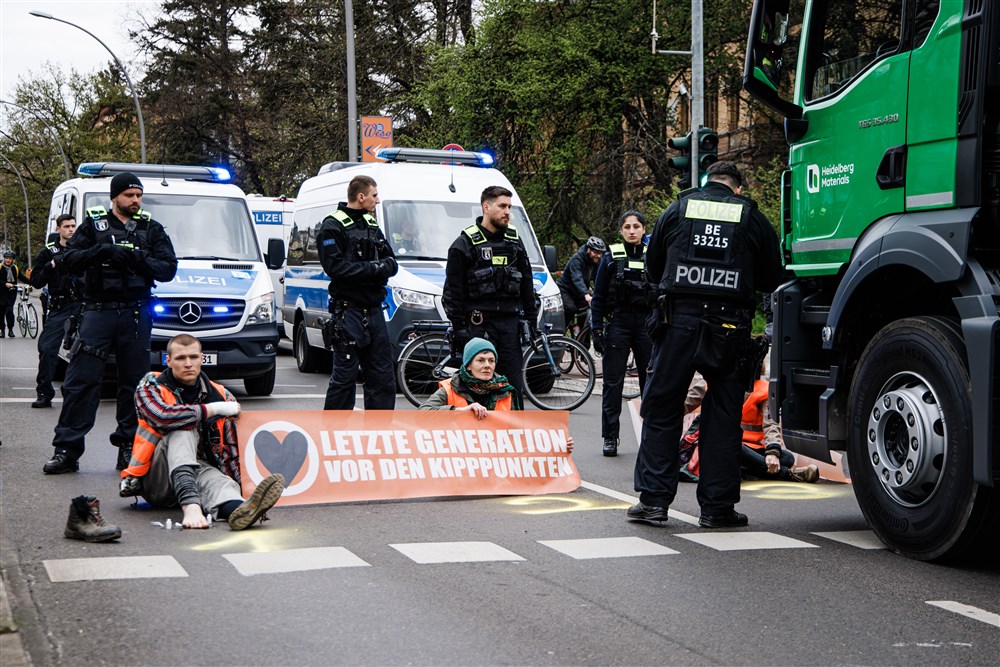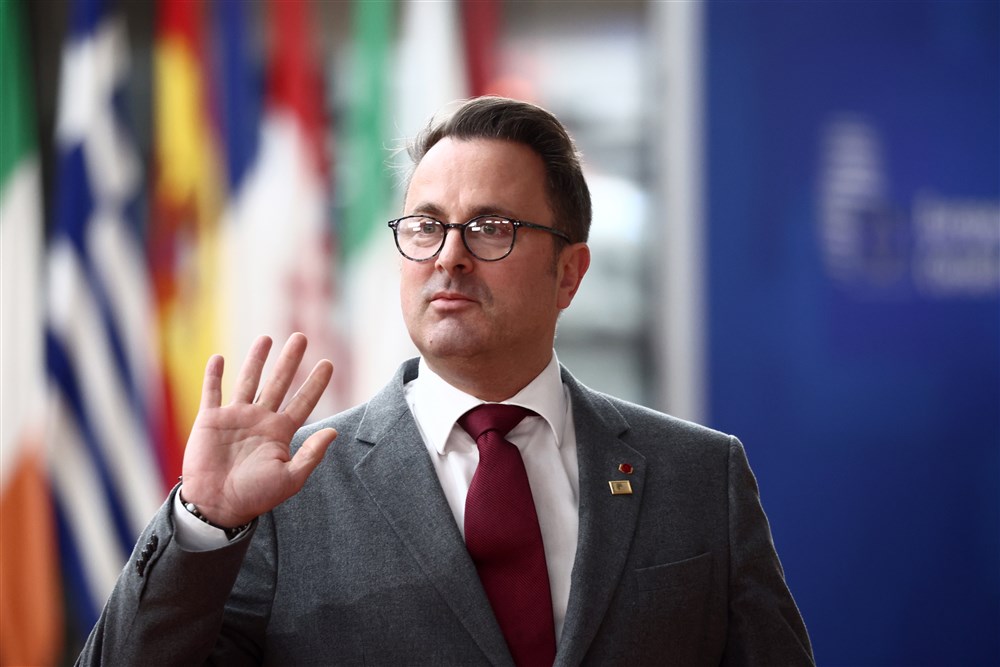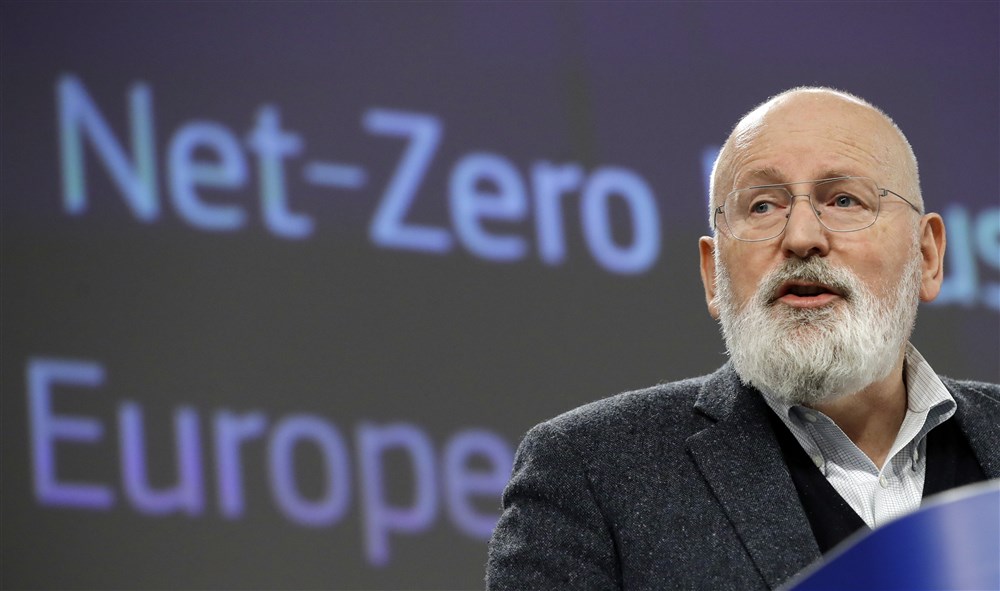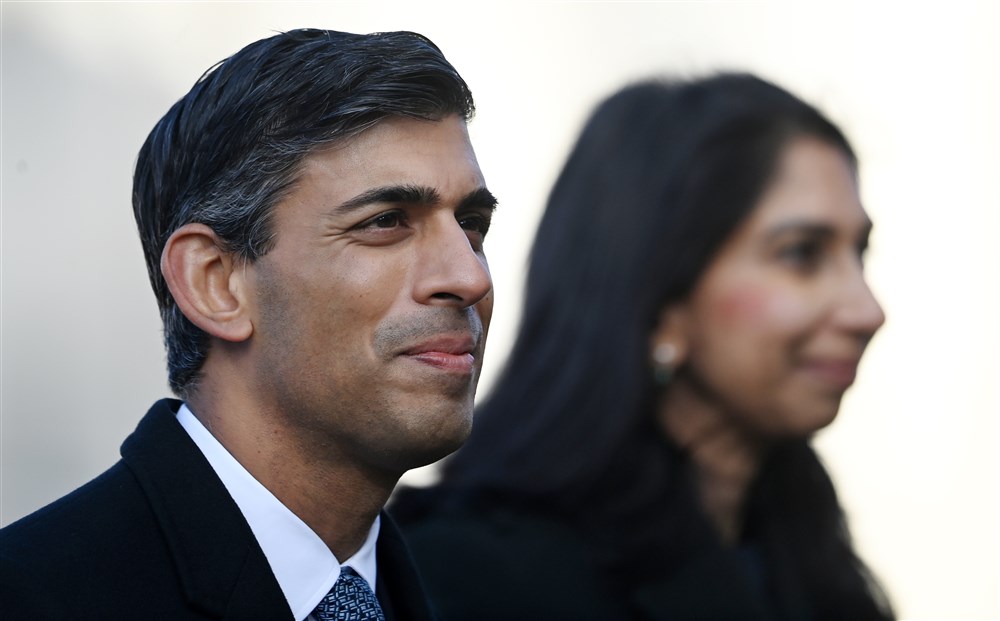The Irish government is considering killing 200,000 cows in a bid to combat climate change.
The destruction of the animals is under discussion as the government mulls various options for policy implementation designed to cut emissions in the farming sector by a quarter by 2030, as required by the European Union.
The most contentious move, if brought in, would see an annual culling of 65,000 cows over three years, reducing the national dairy herd by 10 per cent.
Seeking to play down potential outrage over the possibility of thousands of innocent animals being exterminated, a spokesperson for the agriculture department said: “The paper referred to was part of a deliberative process – it is one of a number of modelling documents considered by the Department of Agriculture, Food and the Marine and is not a final policy decision. As part of the normal work of government departments, various options for policy implementation are regularly considered.”
Ireland’s Environmental Protection Agency claims agriculture was responsible for 38 per cent of greenhouse gas (GHG) emissions in the country in 2021, far outpacing those from transportation at nearly 18 per cent.
The possible cow-culling plan was outlined in an internal agriculture department document that came to light after a freedom of information request.
Reportedly, the proposal would be presented as part of an optional “retirement exit scheme” regarding farmers.
The destruction of the animals would cost €600m, according to The Irish Independent, or €5,000 per cow, a seemingly high price to pay. In addition, dairy industry representatives warned that reducing the national herd by 10 per cent would cost the rural economy €1.3bn per year.
Senator Pauline O’Reily, a member of Ireland’s Green Party, denied the aim was to destroy cows. “Over time, farmers don’t restock to the same level, as they did, so that over time, their herds are reducing,” she said. “It isn’t a cull that is taking out cows and killing them, that’s not what it is. And that creates huge fear and anxiety amongst farmers.”
Speaking out against a possible cull and the seeming encouragement of farmers to retire, Tim Cullinan, president of the Irish Farmers’ Association, told The Telegraph that beef production would simply shift out of the country if the plan were to be enforced. “Reports like this only serve to further fuel the view that the government is working behind the scenes to undermine our dairy and livestock sectors,” he added.
“While there may well be some farmers who wish to exit the sector, we should all be focusing on providing a pathway for the next generation to get into farming,” he said.
Ireland’s agriculture sector was directly responsible for 38 per cent of national GHG emissions in 2021, according to the Environmental Protection Agency.
There are around 2.5 million dairy and beef cows in the country, according to the provisional Irish June Livestock Survey published by the Agriculture and Horticulture Development Board.
Pat McCormack, the president of the Irish Creamery Milk Suppliers Association, said any scheme relating to agricultural GHG emissions should be based on hard science. “We should be investing in an infrastructure that can deliver from a scientific perspective. And we know low emissions are better and we should be continuing to invest in further science and research because that’s absolutely critical as we move forward,” he said.
“This isn’t a start. This isn’t the end. This is an environmental journey and agriculture can play a significant role there,” he added.
Speaking earlier to Newstalk Breakfast, he said farmers are willing to do their part from an environmental impact perspective but it was important to acknowledge that the current dairy herd was no larger today than it was 30 years ago.
Mr McCormack said that if a cull were to be introduced, and it was voluntary, then some farmers would refuse while others would exit the dairy sector entirely. Equally, there were farmers in other sectors who would also like the opportunity to reduce emissions or to leave and that was not being afforded to them, which was “a huge disappointment”.
The Irish proposal resembles Dutch plans to curtail livestock production to solve the so-called nitrogen crisis. Those proposals caused a wave of protests among farmers there, backed by the rest of the population. In elections soon after, traditional parties that backed the green plans took a beating while the newly formed agrarian Farmer–Citizen Movement won a surprising landslide victory to become the biggest political party in the country.
Both the Irish and the Dutch governments cite European legislation as the basis for their policies, which are generally seen as farmer unfriendly. Experts also warn that reducing food production in Europe will simply shift it to countries where environmental regulations and animal rights are regarded as less important.





